Description
- Zubsolv
-
Generic name: Buprenorphine and naloxone sublingual tablets.
-
Drug class: Opioid partial agonist combined with an antagonist.
-
Indication: Maintenance treatment of opioid use disorder. It is not approved for pain management.
The inclusion of naloxone is primarily to discourage misuse (for example, injecting or misuse of tablets) since naloxone can precipitate withdrawal if misused in certain ways.
How Zubsolv Works (Mechanism of Action)
-
Buprenorphine: Partially activates opioid receptors (mu-opioid receptors) to reduce cravings and withdrawal symptoms without producing the full “high” of full opioid agonists. It has a ceiling effect on respiratory depression, making it safer in many cases than full agonists.
-
Naloxone: Has low bioavailability sublingually when taken properly, but if someone attempts to misuse by, e.g., injecting, the naloxone becomes more active and can block or reverse the effects of buprenorphine (or other opioids), discouraging misuse.
Dosage & Administration
Strengths Available
Zubsolv tablets come in multiple strengths (combinations of buprenorphine/naloxone), including but not limited to:
-
0.7 mg / 0.18 mg
-
1.4 mg / 0.36 mg
-
2.9 mg / 0.71 mg
-
5.7 mg / 1.4 mg
-
8.6 mg / 2.1 mg
-
11.4 mg / 2.9 mg
Induction Phase (starting treatment)
-
For individuals dependent on short-acting opioids (e.g. heroin, some prescription opioids), treatment typically begins when objective signs of moderate withdrawal are present, and not sooner than 6 hours after the last dose.
-
On Day 1: a lower initial dose (e.g. 1.4 mg/0.36 mg) followed by another dose if needed (often within 1.5 to 2 hours) up to a certain limit.
-
On Day 2 and onward, the dose is increased (if needed) for control of withdrawal, with a goal of reaching a therapeutic maintenance dose.
Maintenance Phase
-
After induction, patients are maintained on a single dose once daily. The dose may be adjusted (upward or downward) in small increments — for example, 1.4 mg/0.36 mg or 2.9 mg/0.71 mg steps — until cravings are controlled and withdrawal symptoms are suppressed.
-
The recommended target dose for many patients is 11.4 mg / 2.9 mg once daily, but the dose range may vary (lower or higher) depending on response, tolerability, and other patient-specific factors.
Important Administration Notes
-
Sublingual use: Zubsolv tablets are placed under the tongue (or in the cheek) to dissolve. They must not be cut, chewed, or swallowed whole.
-
After the tablet has dissolved, patients are often advised to rinse the mouth and swallow any saliva.
-
Avoid food, drink, or smoking immediately after administration to allow proper absorption. (Your healthcare provider may give specific timing.)

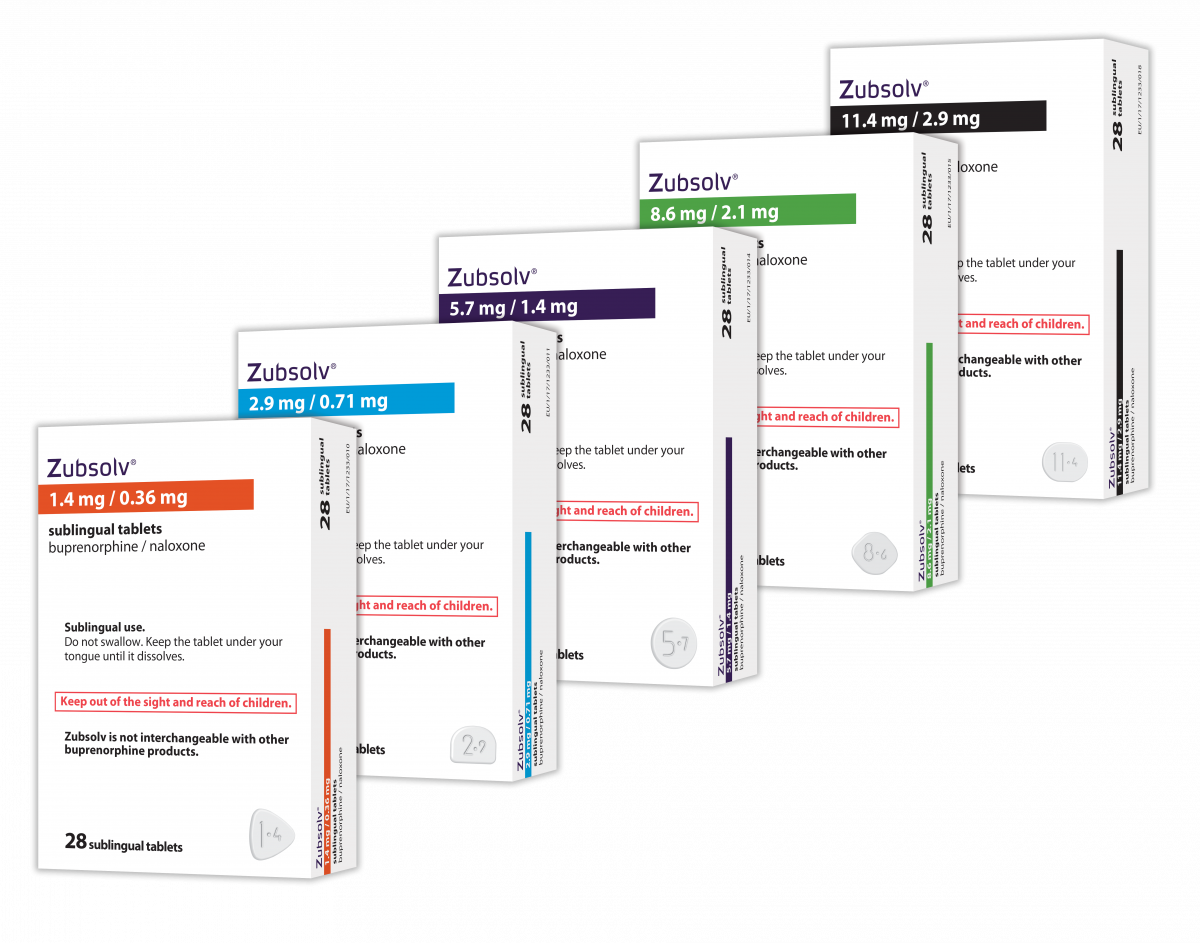
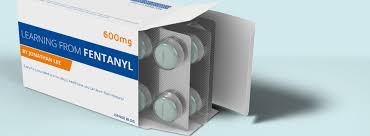
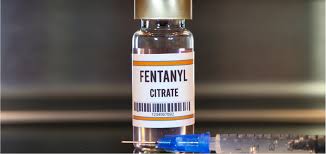
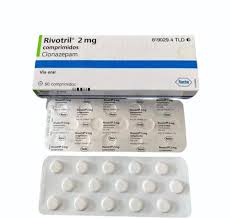
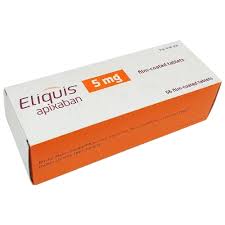
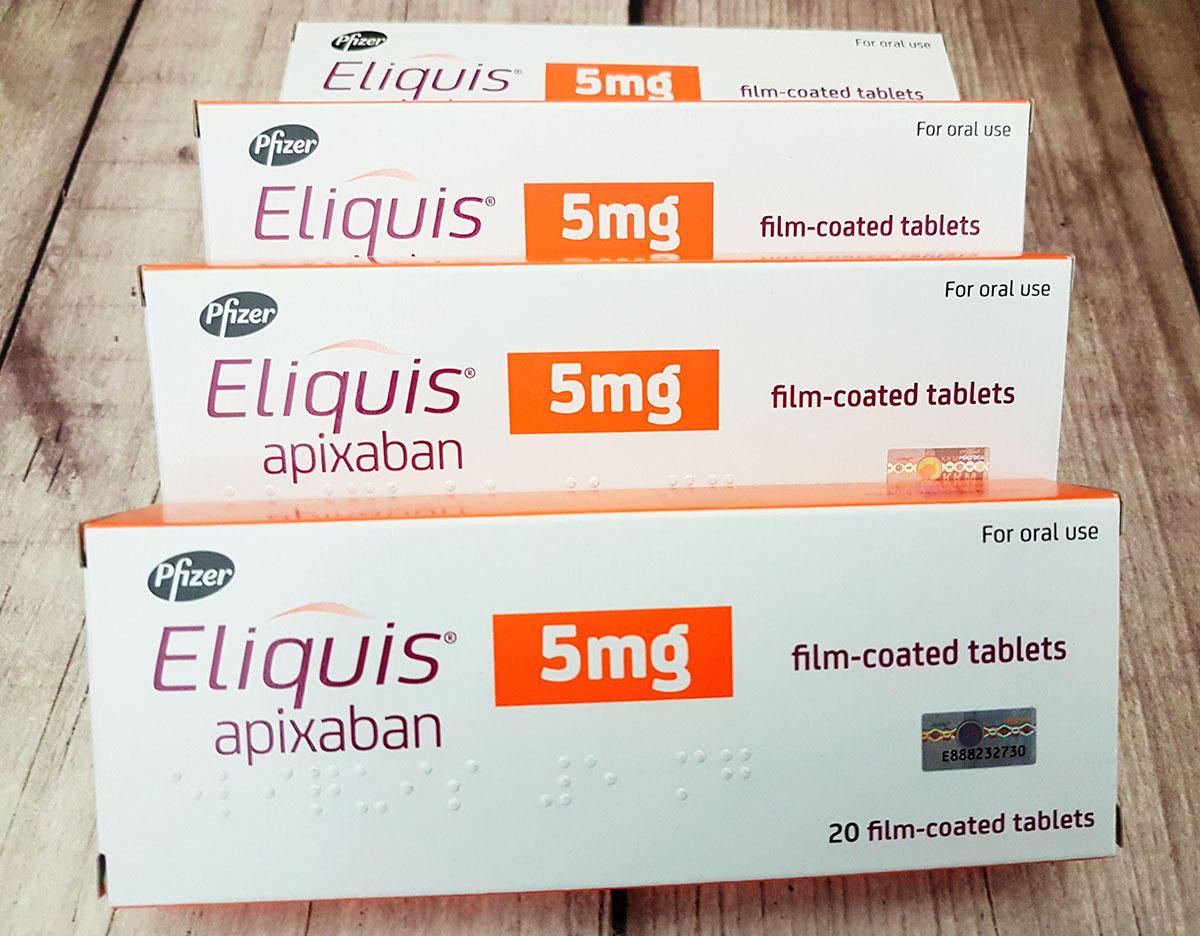
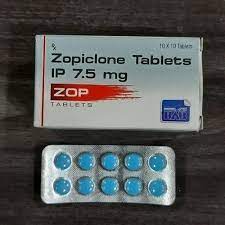
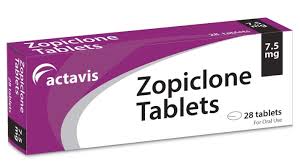
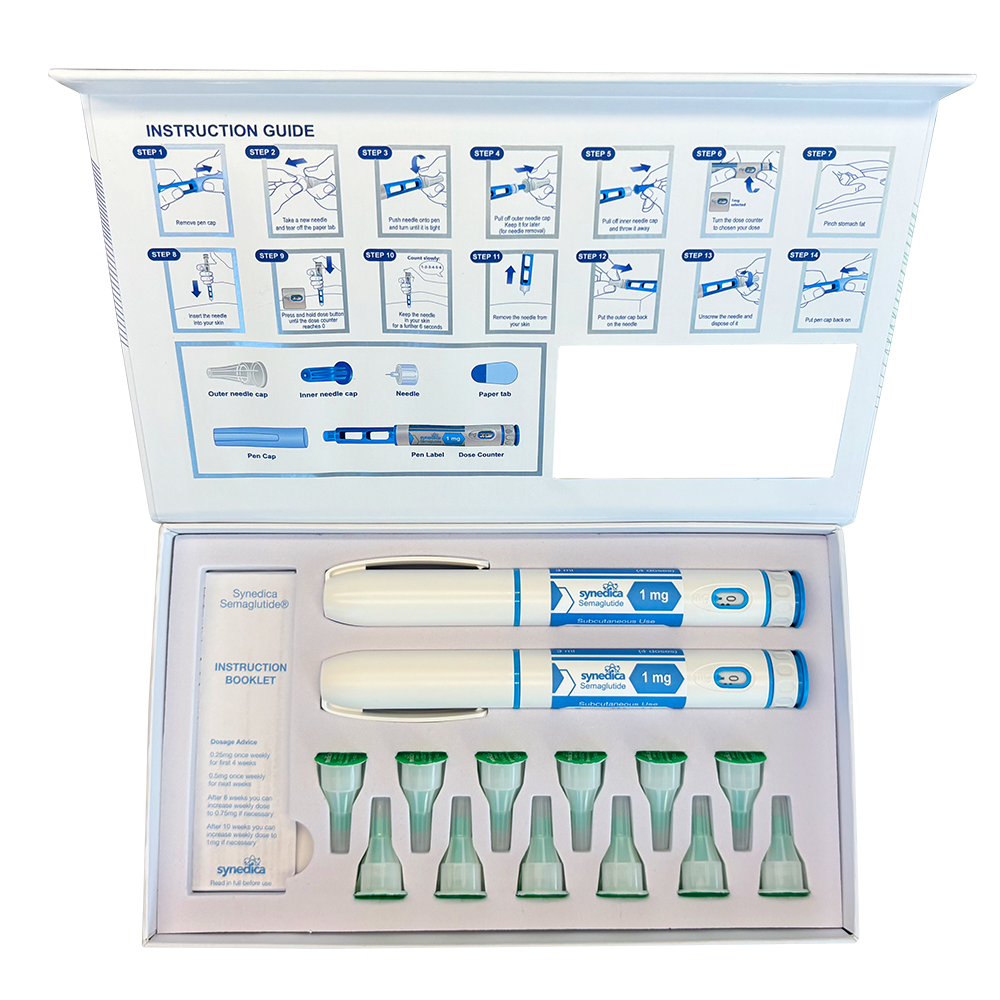
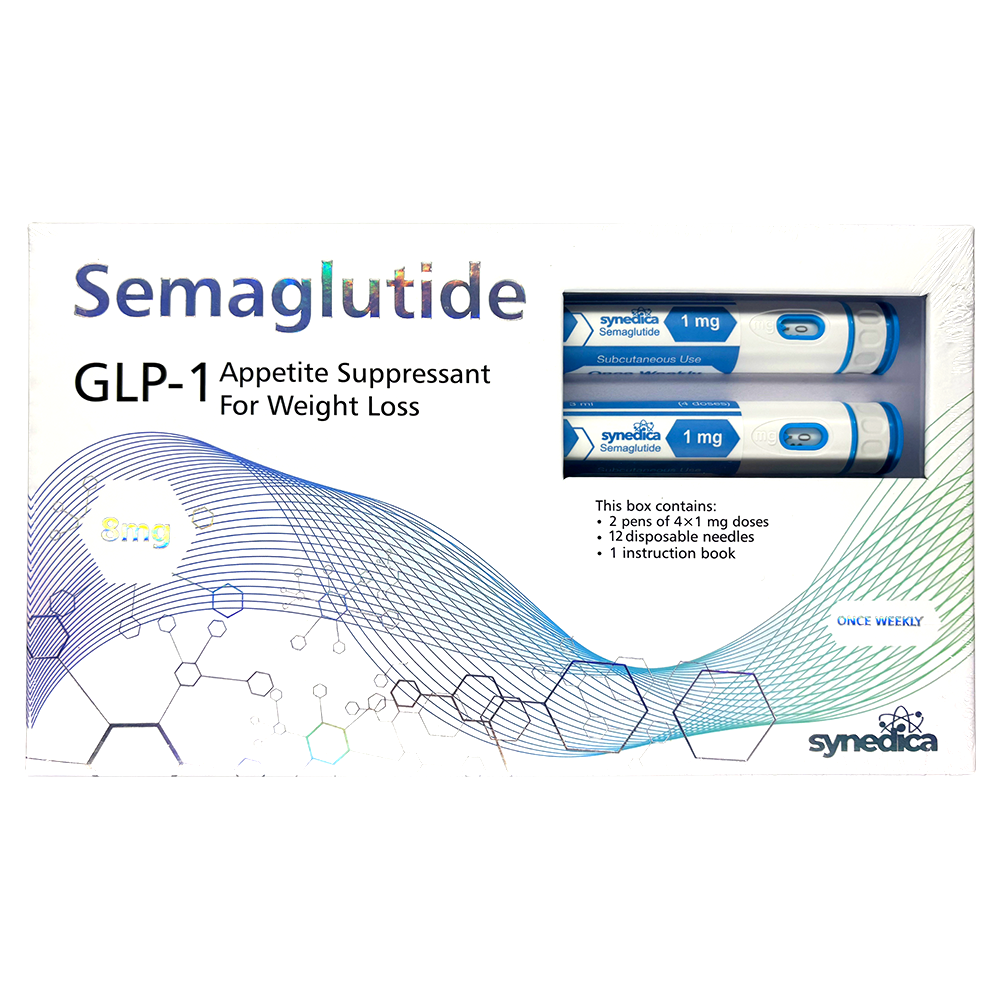
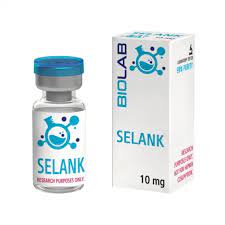
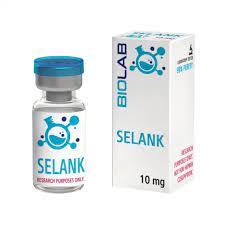
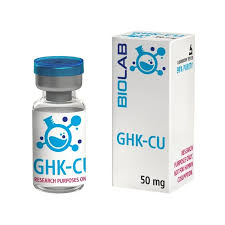
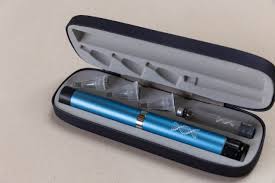
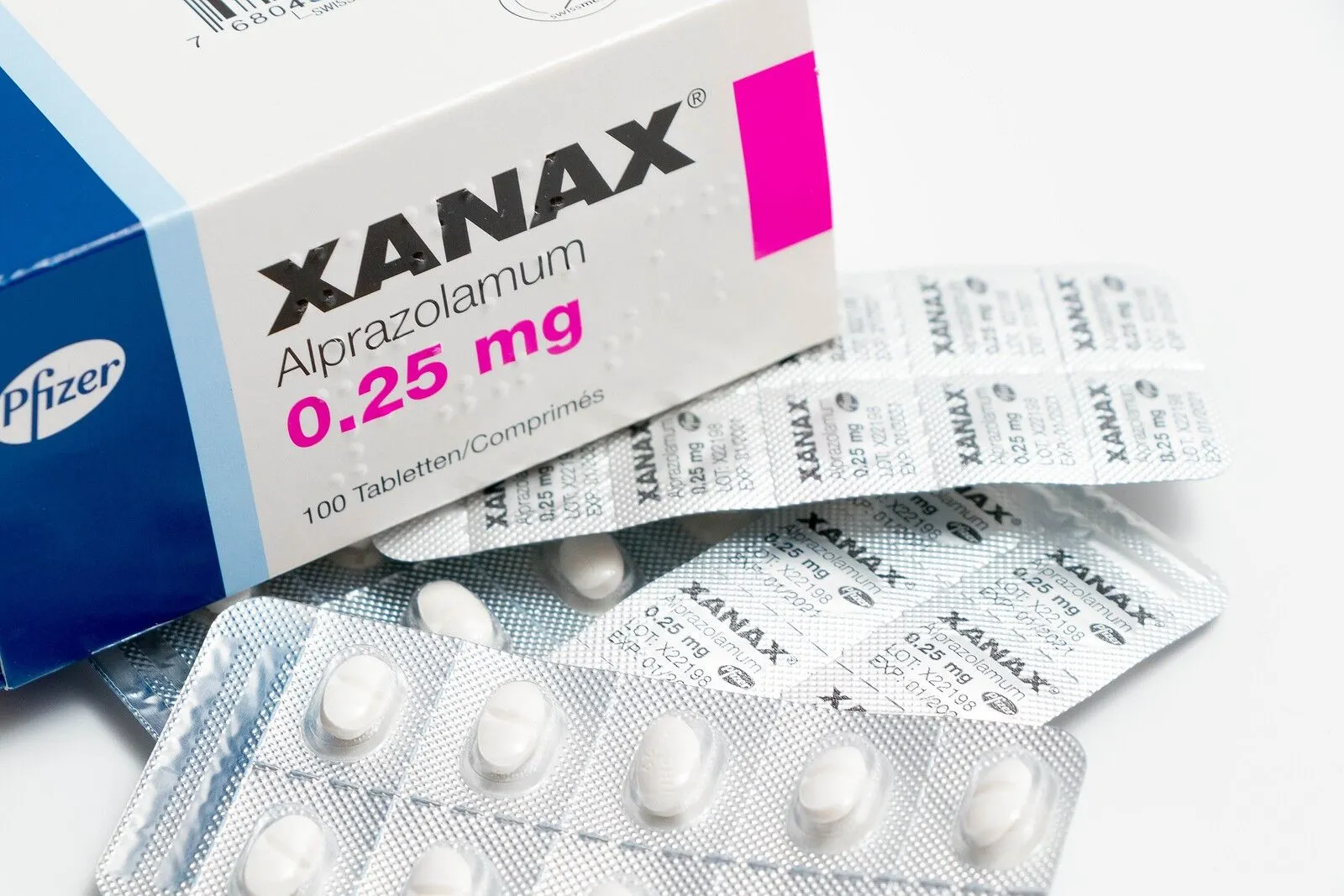
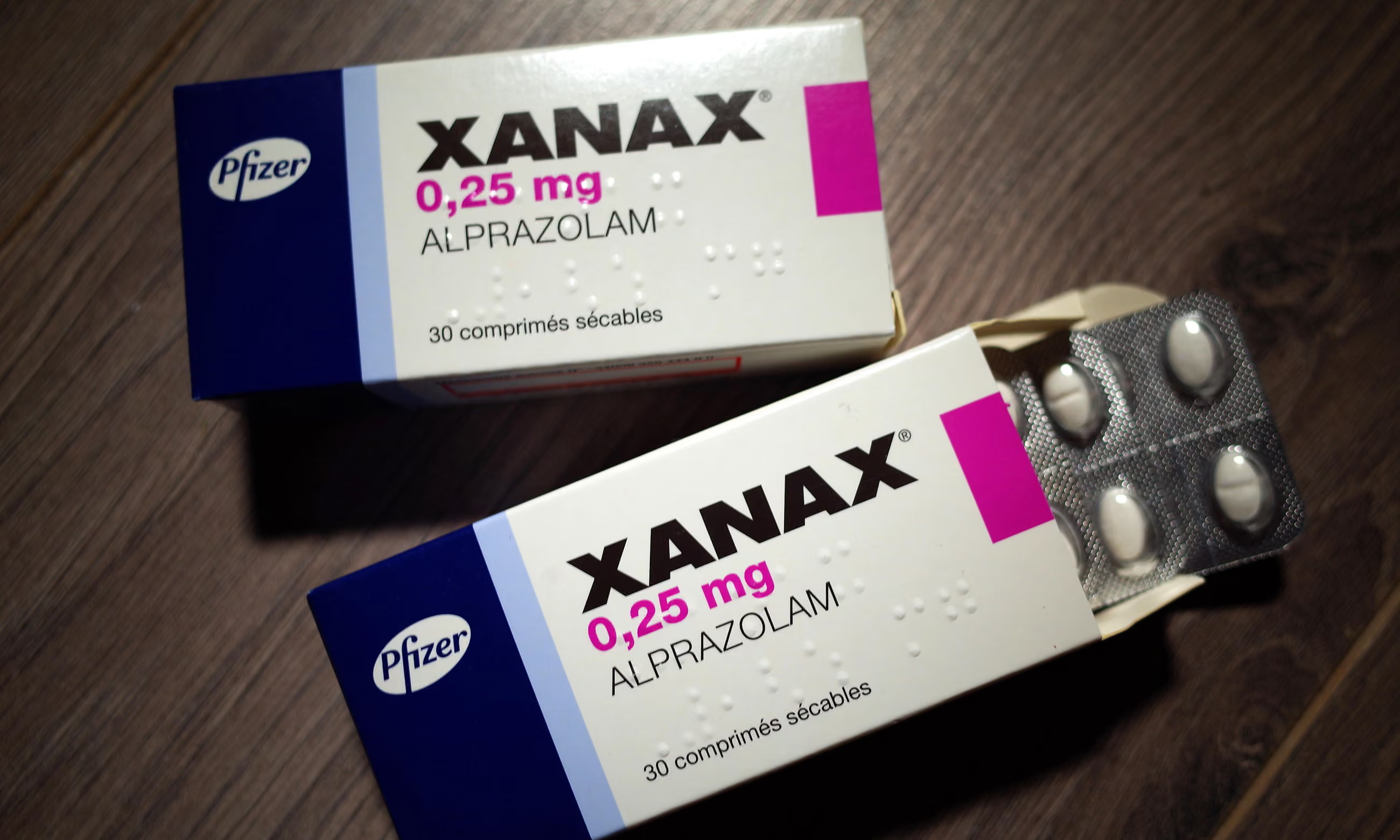
Reviews
There are no reviews yet.